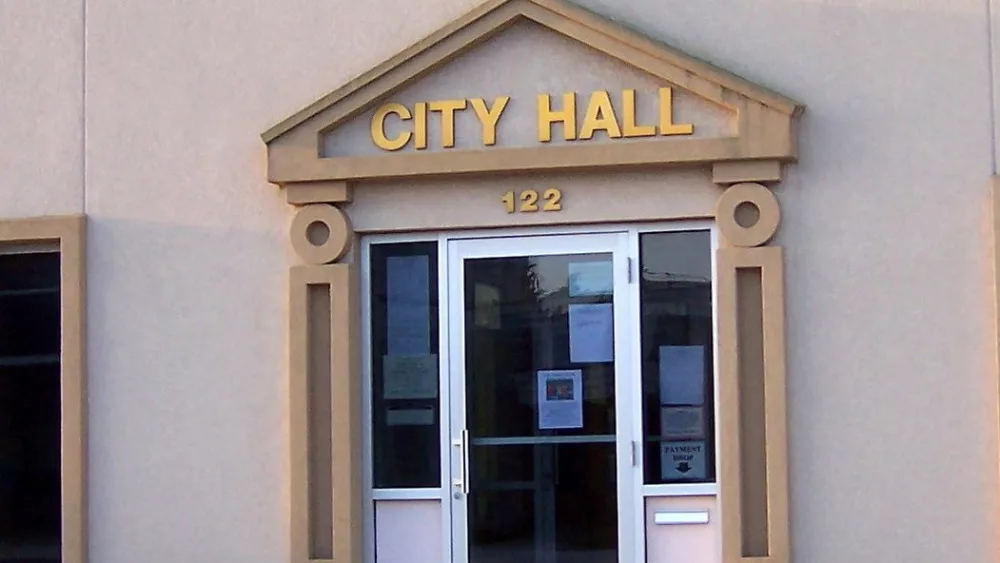
When voters in the Aplington-Parkersburg School District cast their ballots for this fall’s general election, they’ll vote on a $16.5 million general obligation bond referendum for improvements to district facilities.
If approved, the district would move forward with plans including grade level configuration in the buildings. The Aplington building would become a Pre-K through sixth grade building, and the high school would become a 7-12 building. Superintendent Travis Fleshner says the future of Parkersburg Elementary would still serve a vital purpose.
“The plan for Parkersburg Elementary is to really look at the possibility of re-envisioning that space into an early childhood learning center,” Fleshner says. “We’re kind of building that as we go as we had a chance to visit a neighboring district who actually recently opened one of these up to see what that could look like. So Parkersburg Elementary, would it still need to be remodeled? Yes. But we could also do that toward the end of the facility work that we’re proposing already with funds that the district already has in place or will have in place when that time comes. So inside Parkersburg Elementary, we’d envision that preschool would still remain in place, Head Start programming that we already have with Butler County would remain in place, early childhood special education services would still remain in place there.”
Along with serving as a bus hub, Parkersburg Elementary would also host wraparound daycare and have the ability to host programs before and after school.
Fleshner says the plan includes an expansion of the Career and Technical Education spaces at the high school.
“The FFA program here at Aplington-Parkersburg High School is a very popular program for our students to be involved in. And really, when the school was being built, it was really kind of a smaller classroom space that was allocated toward FFA. And a lot of the things that students can do and would like to do require a little more space. And in planning all of this out, we’d look to put an addition on for agriculture education courses, and then industrial tech. When you look at all the components between woods and metals and some technology things inside of there, they’re really kind of confined for space already.”
Information on the proposal, including a conceptual plan, the tax impact and more can be found here.
Interview with Fleshner on FAQs:







